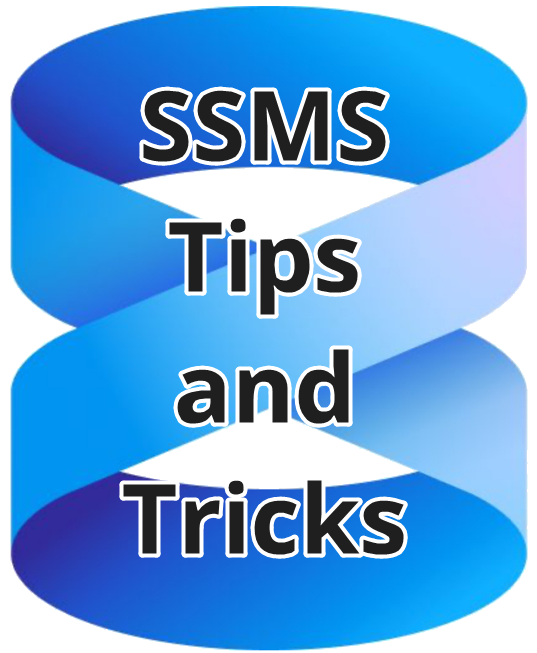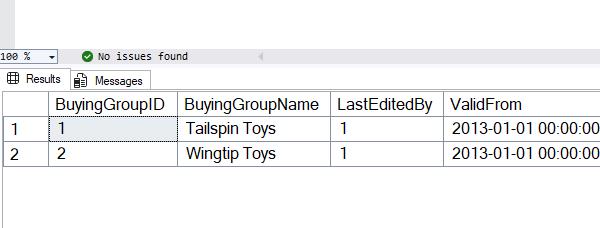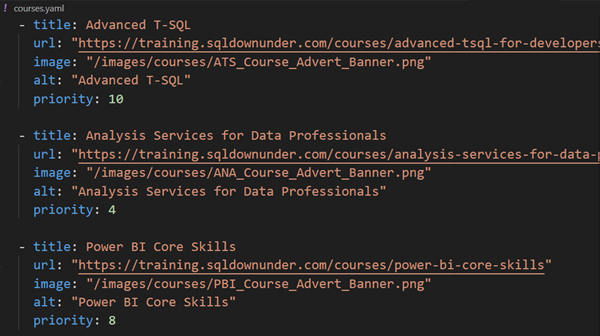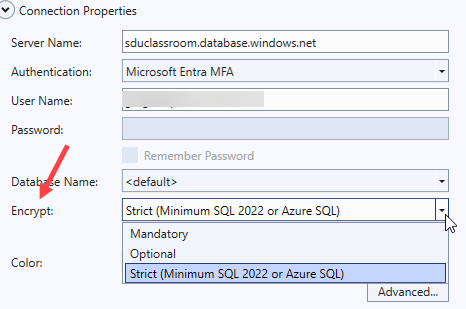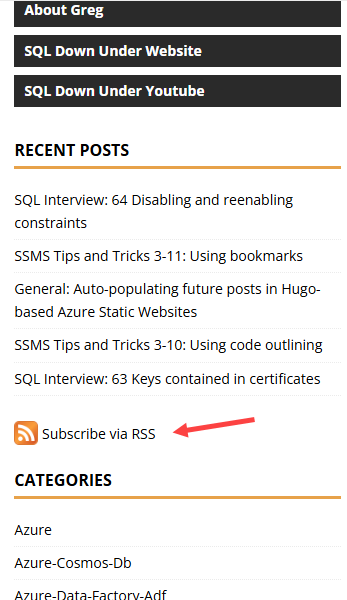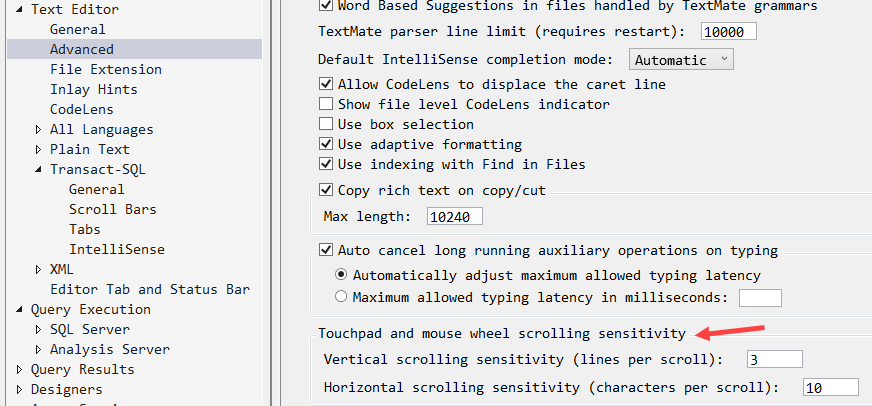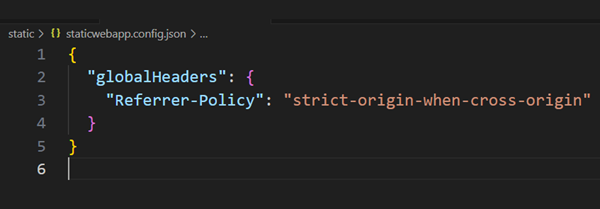
General: Displaying Bunny Stream videos on Hugo-based Azure Static Websites
I have been using Bunny Stream for hosting videos lately. I love those people. What a great service.
But I wanted to add a few videos to our SQL Down Under website that was a Hugo Azure Static Website. I added the embed code from the Bunny Stream site for the video, and what I found was:
- The videos appeared and played on desktop versions of Chrome or Edge
- The page appeared but no videos appeared when viewing the page from either Safari or Chrome on iOS
At first, I thought it might be a screen resolution thing, but it didn’t work on either an iPhone, or on an iPad that had the same resolution as my laptop where things did work.
2025-11-08

